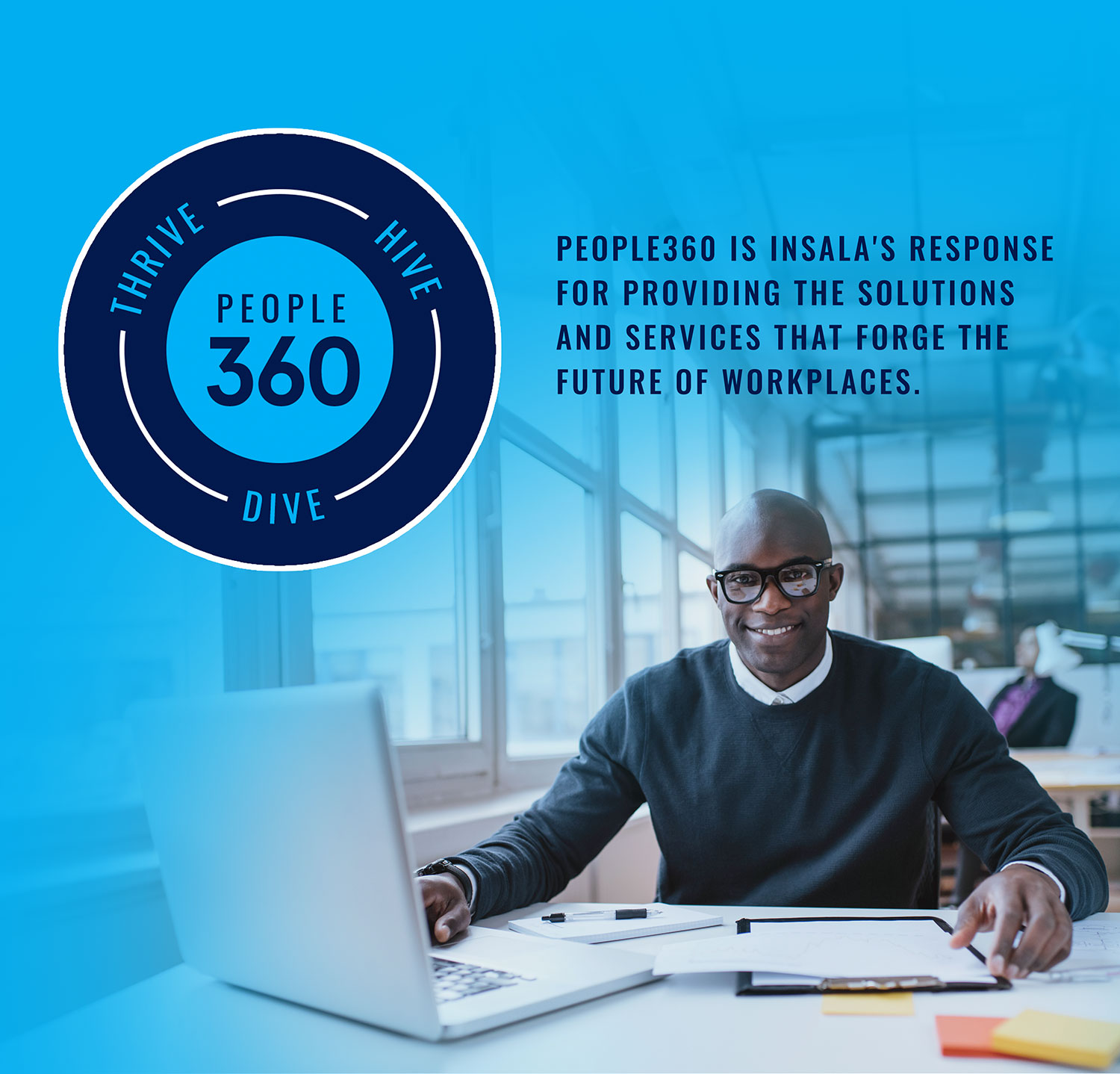How to Use Predictive Analytics to Improve Retention
Over the last two years we have witnessed a “turnover tsunami”, with employees leaving their jobs at a record rate. The Bureau of Labor claims this is costing employers thousands if not millions of dollars in turnover costs. With 75% of these employee turnovers being categorized as “preventable”, employers are looking to implement retention strategies that help them curb this wave.
Though your workforce consists of a variety of people, there are common retention factors that indicate an employee is likely to leave their role. Predictive analytics allows you to easily identify these retention risks, giving you the opportunity to take a proactive approach to mitigating turnover.
4 Steps to Improving Retention with Predictive Analytics
Utilizing predictive analytics is a modern HR strategy that many leaders are still struggling to implement. With the right process in place, predictive analytics can help you to achieve essential business goals, like improving retention.
We recommend following these 4 steps to effectively utilize predictive analytics to improve employee retention at your company.
- Gather Relevant Data to Include in Predictive Modeling
We know that HR leaders have access to all kinds of data. However, when utilizing predictive analytics it's imperative that you gather the right data. This will require you to step out of the box and look at retention criteria that may be less obvious.
Key retention risk factors that you should consider when gathering data include…
Employee Engagement Rates. Data relevant to helping you determine engagement levels can come from absenteeism, production level and performance review rates. Another great way to determine your employees’ level of engagement is to ask them directly. Employee surveys are a proven way to gather relevant data.
Voluntary and Involuntary Turnover. You probably already know that not all turnover is the same - hence the need for predictive analytics. Be sure to gather data for voluntary and involuntary turnover. This will allow you to improve overall employee retention.
Retention Rate per Manager. We all know the saying “Employees don’t leave a company, they leave their manager”. With that in mind it’s necessary to gather data that shows how well each manager is retaining their employees.
Employee Lifecycle. You would be remiss to leave out the employee’s journey at your company. This is a retention risk factor that truly matters. To obtain an accurate analysis, you will need to gather data that includes tenure, time since last promotion, and participation in professional development programs.
- Create Predictive Models to Identify Criteria that Led to Turnover
Predictive modelling is a great indicator of what will happen in the future. These models allow you to break down the data you’ve collected and identify the most significant factors in employee turnover.
While you can manually create these models, the process can be simplified when utilizing software like Insala’s Predictive People Analytics. This software allows you to use custom-built predictive models to seamlessly change retention factors. Artificial intelligence is then utilized to determine what specific changes affect the future.
Predictive model can also tell you the weight of each retention factor. This will help you determine how much importance each retention risk warrants. For example, the ability to work from home may not be a significant factor for some employees. However, when combined with a negative opinion of company culture the risk becomes detrimental to your retention rate.
By considering the weight of these factors, you can determine which company-specific retention risks have a significant effect on your turnover outcomes.
- Use Predictive Analytics to Identify Employees At-Risk of Leaving
Once you’ve created your predictive models, it’s time to drill down into the retention data. With the help of predictive analytics, you can figure out exactly which employees are impacted by specific retention risks. This is a great indicator of who is at risk of leaving your company.
The best way to manage this process is by creating a scoring system to indicate high-risk employees. An elevated risk-score would alert you to the fact that this employee may be thinking of leaving your company. There may be several retention risks leading to this assessment, so be very cognizant of the weight of each factor for an individual employee.
Another helpful feature of predictive analytics software is customizable dashboards used to develop visual reports. This gives you easy access to the information you need to quickly identify your as-risk employees and take proactive measures. Taking this approach increases the likelihood that you will retain these employees.
- Implement Personalized Retention Strategies to Alleviate Retention Risks
Once you’ve identified which employees are at-risk of leaving, you must implement personalized strategies to alleviate retention risks. These retention strategies must be tailored to an employee's specific risks to truly intervene and make a significant impact.
Think back to the process that got you here. Remember that predictive analytics has given you the opportunity to identify your at-risk employees. You can utilize the same retention data to determine which strategies they will respond to. Use the predictive models to prompt change and support your initiatives with impartial data.
Enacting data-based decision making to implement retention strategies helps you easily track the success of your efforts and develop a better understanding of employee retention.
Choose the Right Predictive Analytics Software to Support Your Retention Efforts
At Insala, we believe that applying predictive analytics supported by predictive analytics will help you drive insights and better results from the talent lifecycle. We understand that HR leaders are accountable to provide and attain significant recruiting, retention, and productivity goals with increased transparency and upward visibility. That’s why we have developed our cutting-edge predictive people analytics software.
With our solution, you don’t have to be a data scientist. Designed for HR, we’ve built our solution with the HR user in mind.
- Designed to answer your most critical HR questions at the start
- Fully configurable dashboards giving you access to data when and how you want it
- Natural Processing Language with a search as intuitive to use as Google
- AI forecast business outcomes based on your unique trends
- Pre-built and customized predictive modeling
- Easy integration with your HR data and easy to add new data sources
Each of these features, and many more, can play a significant role in helping you improve employee retention.
Book a meeting with one of our experts to discuss how Predictive People Analytics can inform retention strategy at your organization.





